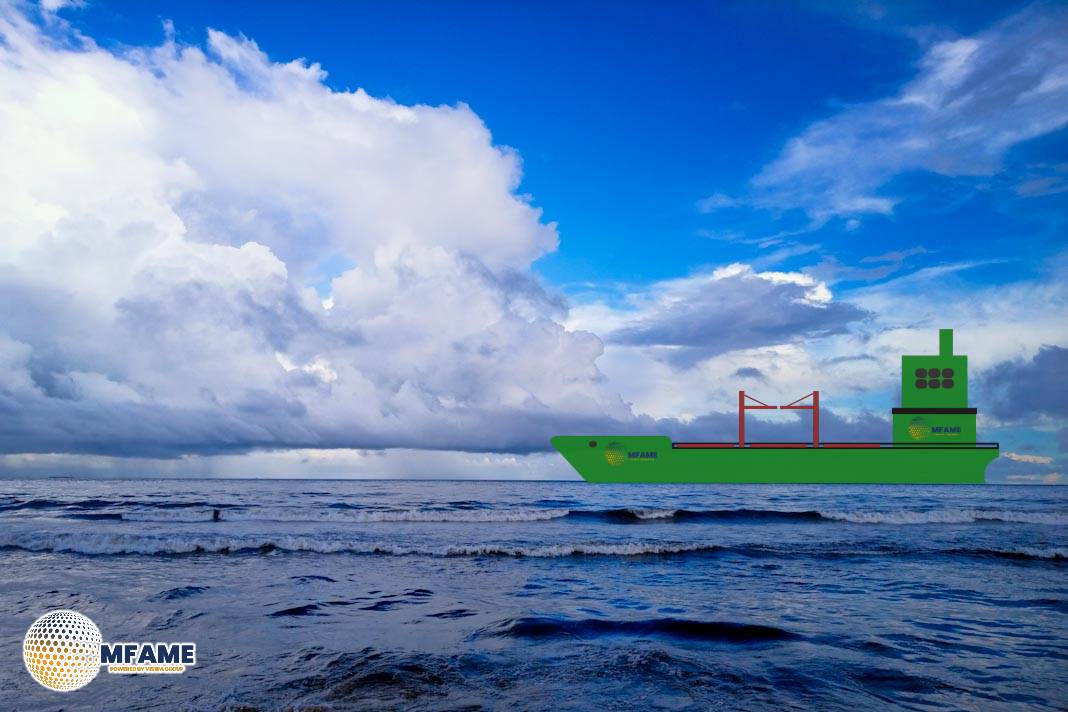The Tokyo MOU Secretariat released the preliminary outcomes of the joint concentrated inspection campaign (CIC) with the Paris MoU. The campaign ran from 1 September to 30 November 2024. It focused on two areas under the Maritime Labour Convention (MLC), 2006: crew wages and seafarer employment agreements. Inspectors also checked financial security arrangements introduced through the 2014 MLC amendments. The campaign aimed to verify whether ships followed clear employment standards and maintained proper wage documentation for all seafarers on board.
Inspection Scope and Data Overview
Member authorities of the Tokyo MOU that ratified the MLC took part in the campaign. Their inspectors reviewed wage conditions and checked if crews held signed and valid employment agreements. The CIC included 8,134 inspections across a wide mix of ship types operating in the region.
Of these, 6,580 inspections used the CIC questionnaire. This accounted for 80.89% of the total inspections carried out during the campaign. Each ship received only one CIC inspection to ensure consistent reporting and avoid duplication.
The Secretariat noted 297 detentions during the campaign period. This resulted in a 3.65% detention rate across all inspections. Among these detentions, 20 cases were directly linked to the CIC findings on wages and employment agreements. This represented 0.3% of the total inspections and 7% of all detentions recorded in the period.
Key Deficiencies Identified During the CIC
Inspectors identified recurring issues in wage documentation and contract management for seafarers. Two areas appeared more often than others:
-
Unsigned seafarer employment agreements, making up 16% of all CIC-related deficiencies. Many ships failed to maintain properly signed agreements for each crew member, which is a core requirement of the MLC.
-
Limited access to employment condition information, accounting for 28% of CIC-related deficiencies. Several seafarers reported that they could not view or confirm their contract terms while onboard, which created gaps in transparency.
These deficiencies showed where record-keeping and documentation needed closer attention. They also highlighted the importance of ensuring that all seafarers can view their own employment terms at any time during service.
Flag Distribution and Inspection Patterns
The CIC covered ships registered under 84 different flags. This wide flag distribution reflected the global mix of vessels operating in the region during the inspection period. Inspectors conducted the highest number of CIC checks on ships registered under three well-represented flags in the region. Some ships also recorded more than one CIC-related detention, and these cases involved flags noted in the Secretariat’s data.
The campaign revealed how inspection patterns differ across flag States based on ship volume and regional activity. It also showed which flags had larger inspection footprints within the Tokyo MOU region. The Secretariat recorded these trends for further review at the committee level.
Administrative Follow-Up
The Secretariat confirmed that these preliminary findings will undergo further technical review. The Port State Control Committee will examine the campaign results in more detail during its meeting scheduled for October 2025. The committee will use the data to understand how wage-related compliance and employment agreement standards are being met across the region. It will also determine the next administrative steps for future MLC-related oversight.
Did you subscribe to our daily Newsletter?
It’s Free — Click here to Subscribe!
Source: Tokyo MOU Secretariat


















